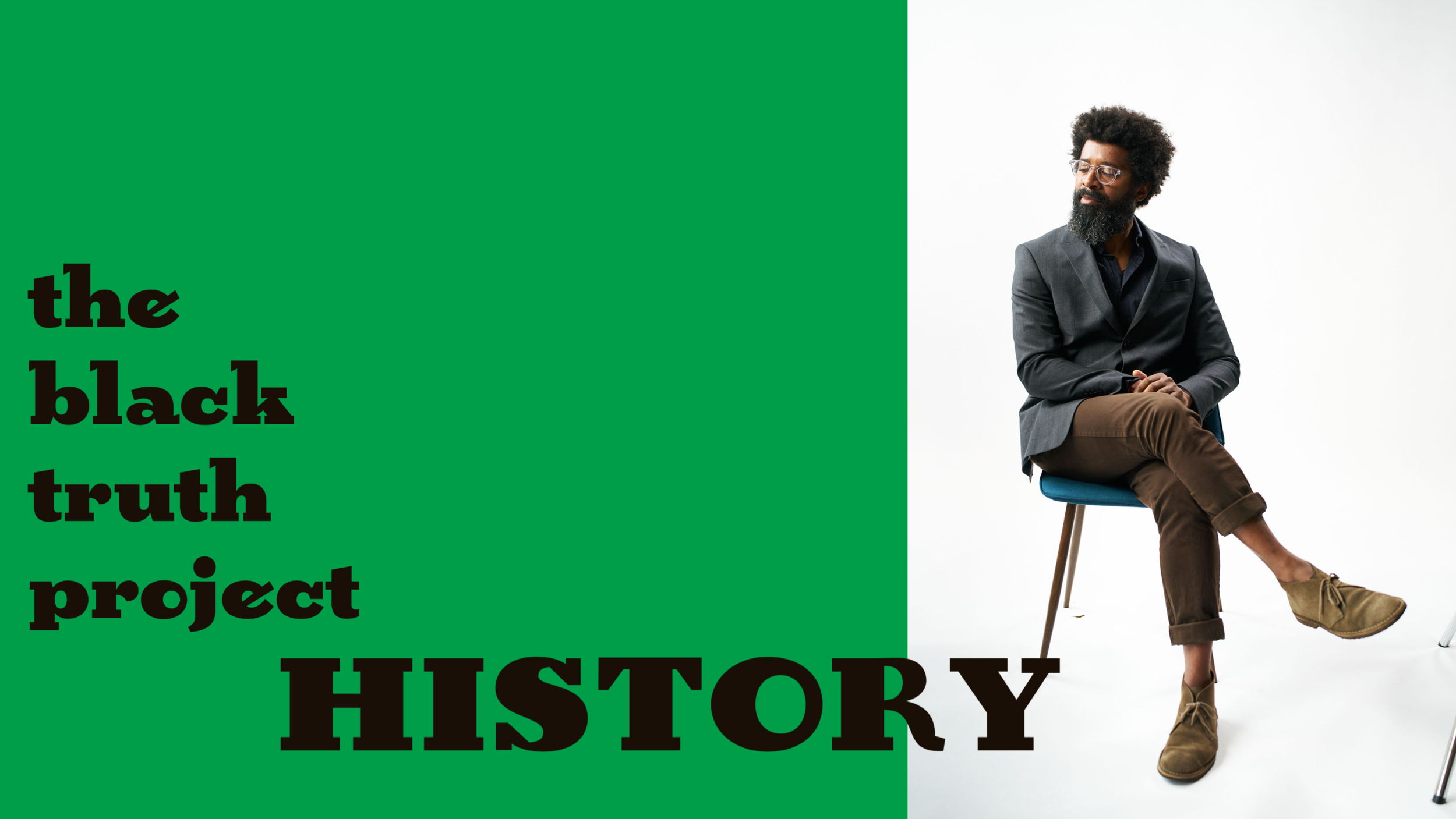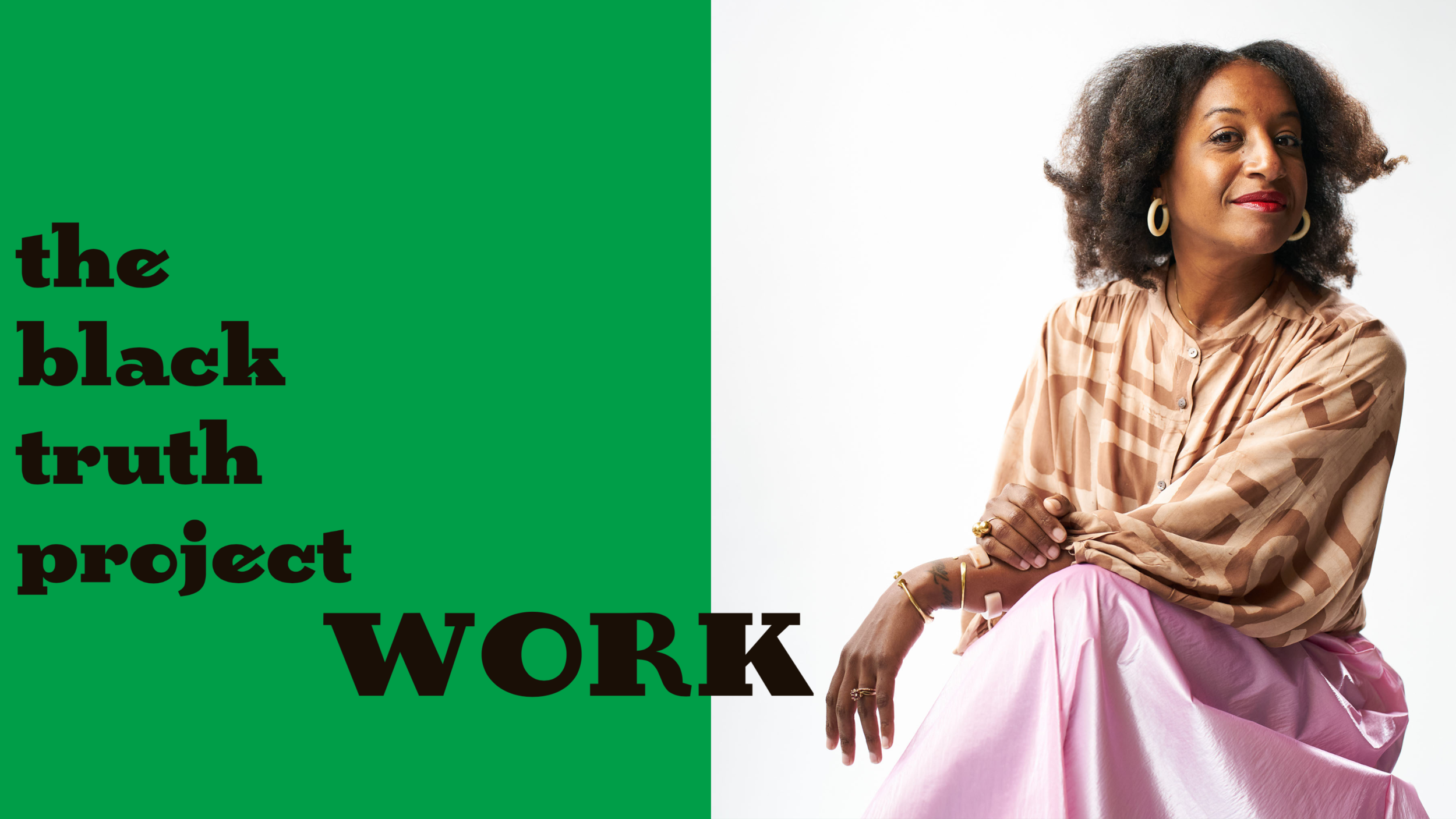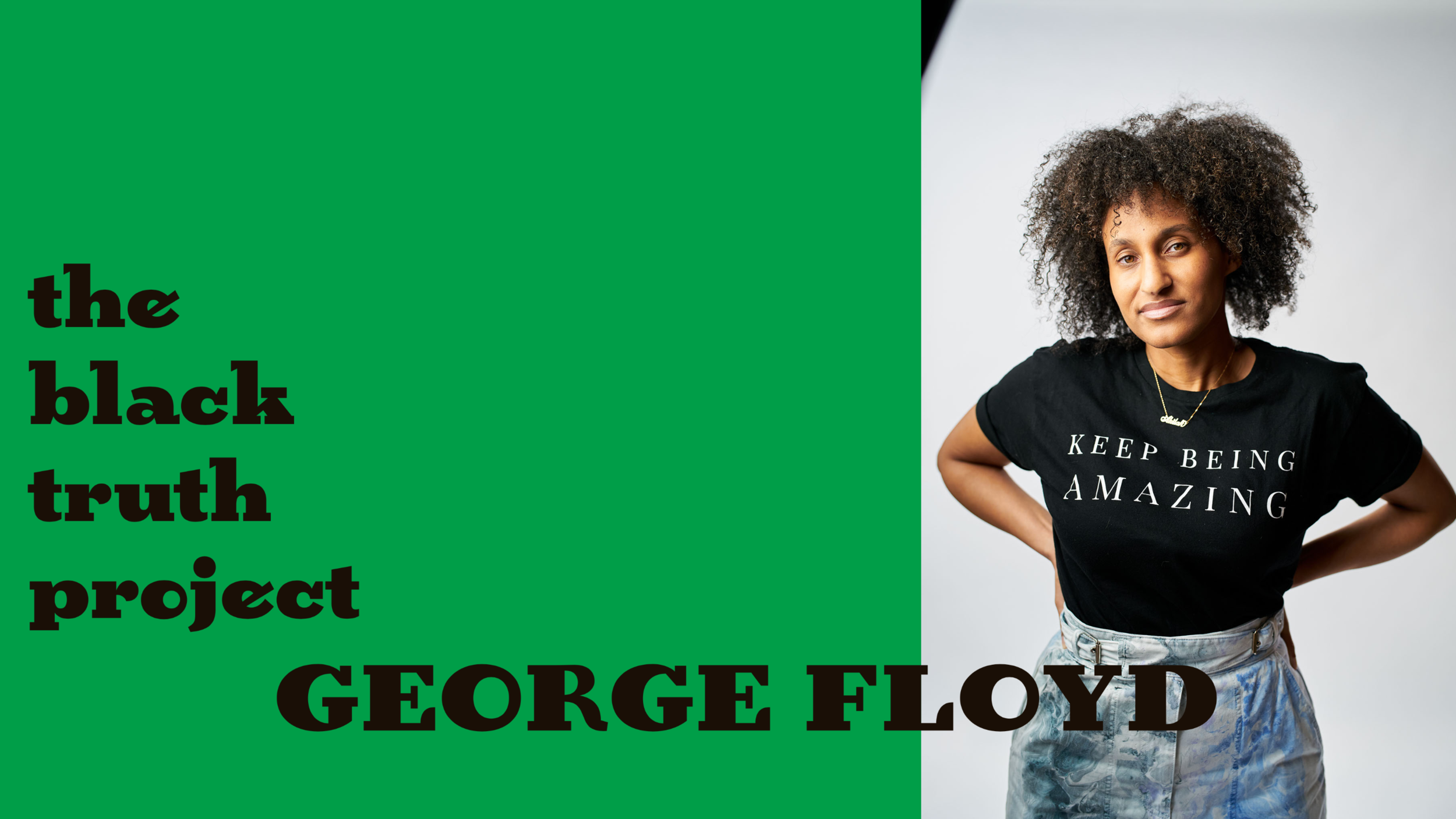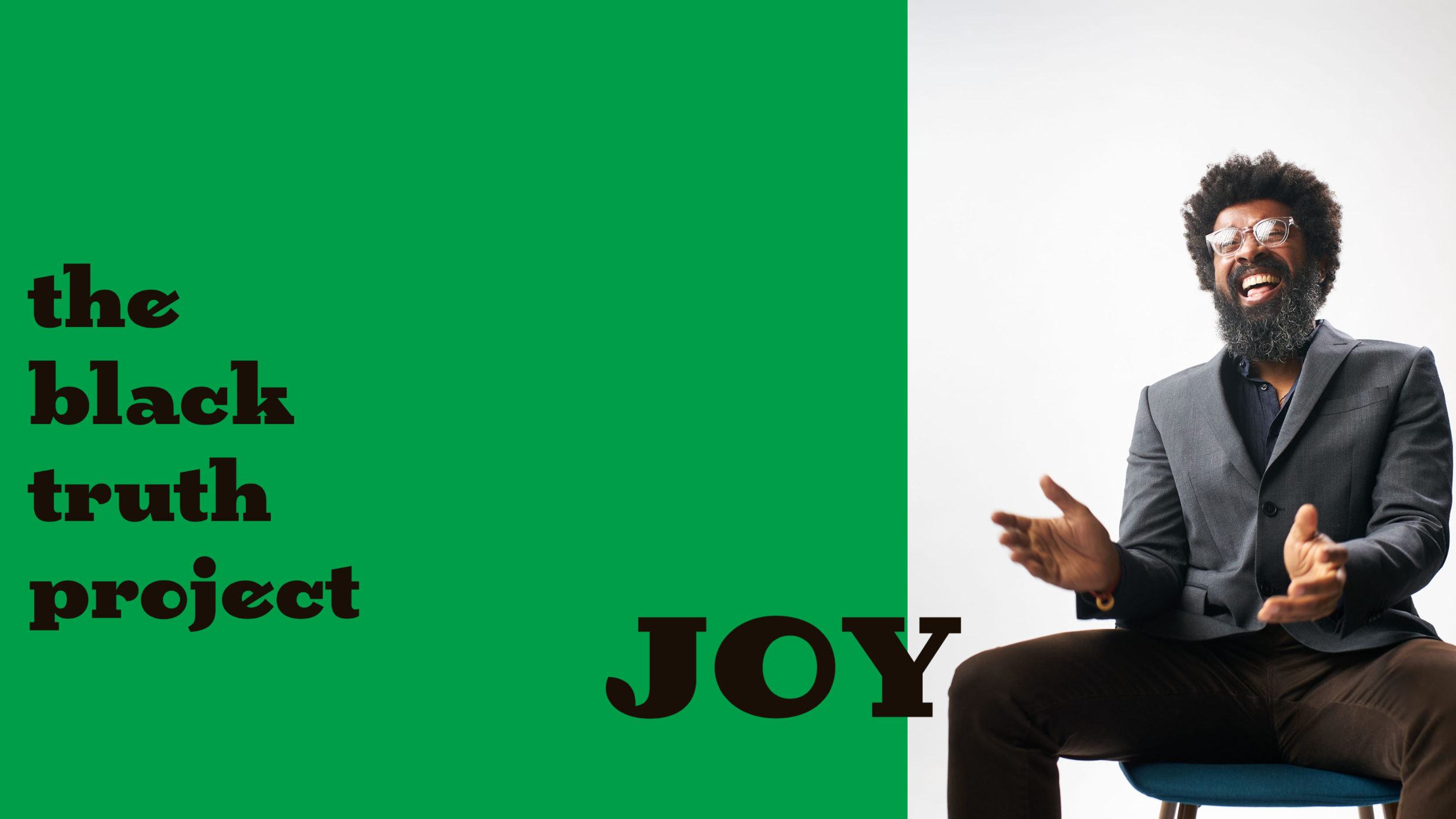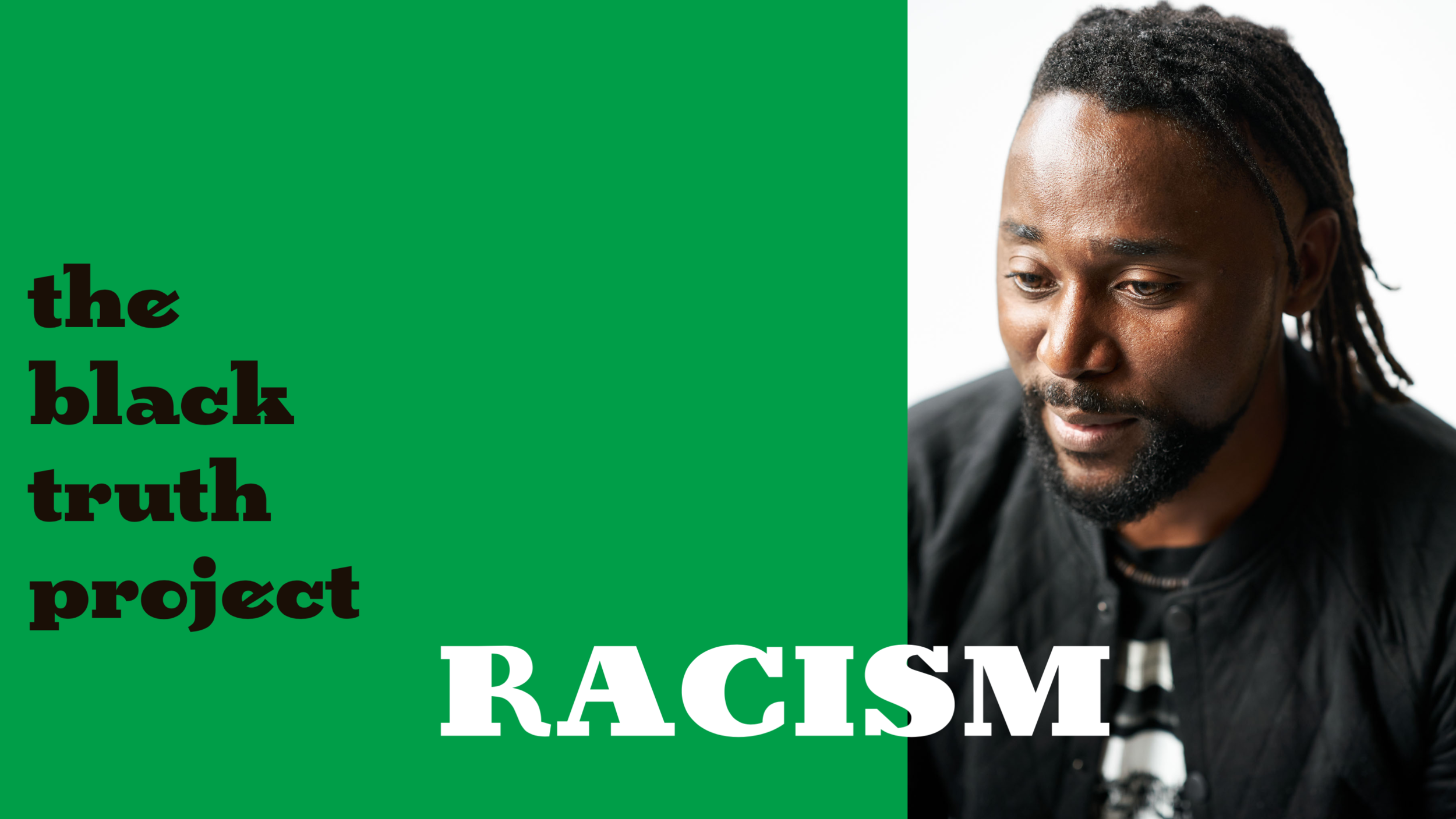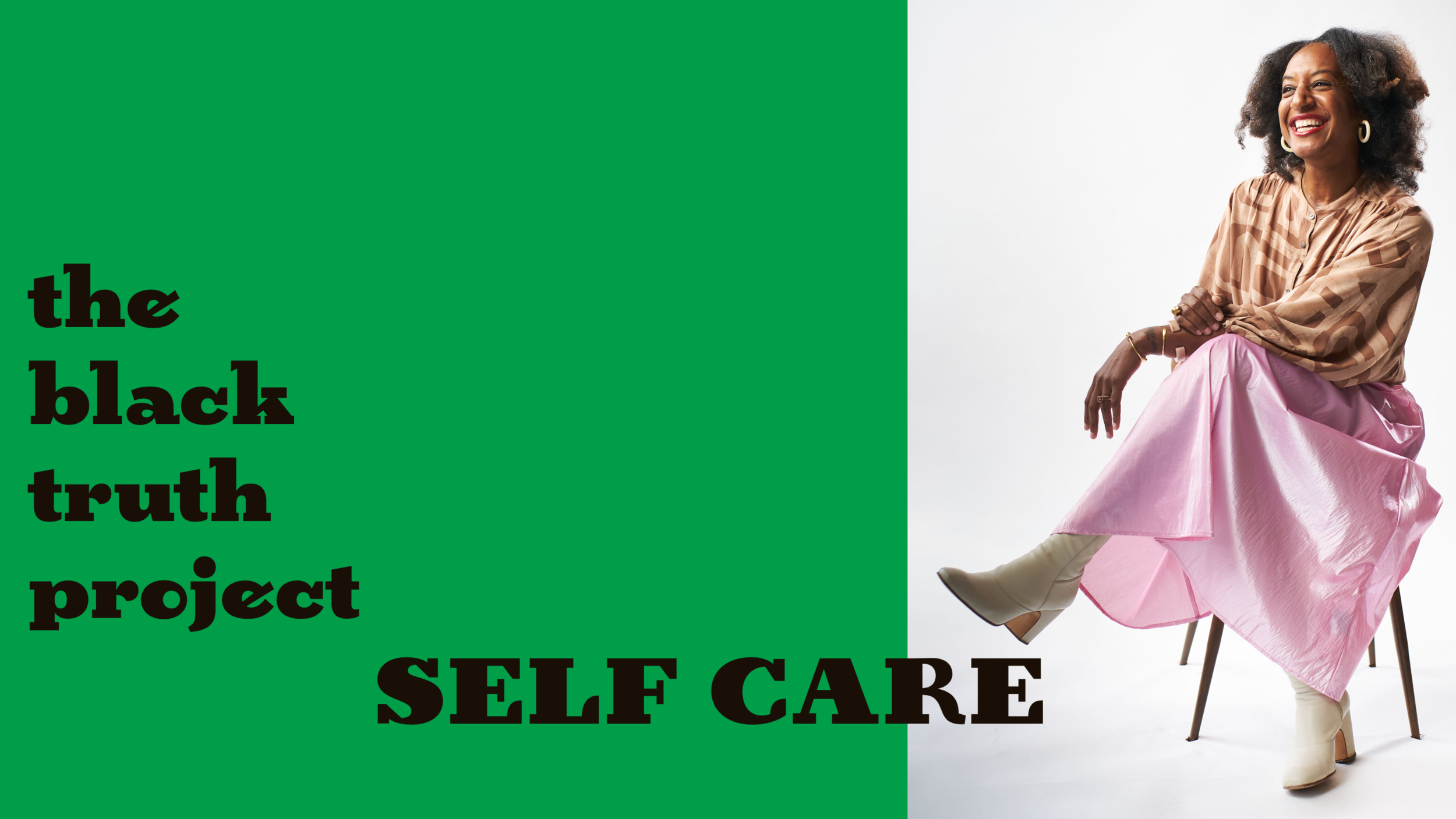
Black joy is both a celebration and an act of resistance—a blowing defeat to a system that is designed to keep happiness and success just out of reach for entire communities of people. We talked to our subjects about how they find joy, how they express it, and how they share it.
Dr. Aisha Mays spends her days working with groups of young people dealing with homelessness and abuse, and whom, at first glance, may appear to have little to be joyful about. “When I’m working with young people in my clinic, I’m just in awe and always inspired by the fact that they are able to show up for themselves, care for themselves, laugh and dance, want to hang out and talk about fashion, and all those things. It reminds me that they are still young people, they are thriving, and that we are here to connect with them. And that gives me so much joy.”
“It’s not about taking on every single challenge or every single moment, it’s about doing the part that moves you.”
Dr. Aisha Mays
“One of the ways that I talk to my staff about continuing to find joy, while there’s so much stress and strain kind of going on in the ether around us, is to remember the moment that we’re in right now with a young person can be life changing for them. It’s not about taking on every single challenge or every single moment, it’s about doing the part that moves you.”
Watch Dr. Aisha Mays’ full Black Truth Video here.
“There are many people who’ve come through and said to me, ’Oh, I just love being here with you.’ . And for me, too, it is a bright spot. It really keeps me going. So as much as I’m trying to bring that energy to them, I’m getting so much energy back.”
-Peter Limata
Connecting with young people is a vital source of Peter Limata’s joy, as well. Explaining why he has refused to take any significant break from his live Storytimes—showing up to read to kids around the world even on Christmas morning, he says: “There are many people who’ve come through and said to me, ’Oh, I just love being here with you.’ And for me, that means that they have a different voice that they can listen to, a different person they can be with for those 30 minutes. And for me, too, it is a bright spot. It really keeps me going. So as much as I’m trying to bring that energy to them, I’m getting so much energy back.”
Watch PETER LIMATA’s full Black Truth Video HERE.
KEEP READING.
After the past four years of in-your-face hate and blatant incompetence, it can be easy for those who don’t have battle of discrimination and white supremecy on a daily baisis to feel like the war has been won. But for many, it’s just another opportunity for injustices to go into hiding, and for allies to take their foot off the gas.



